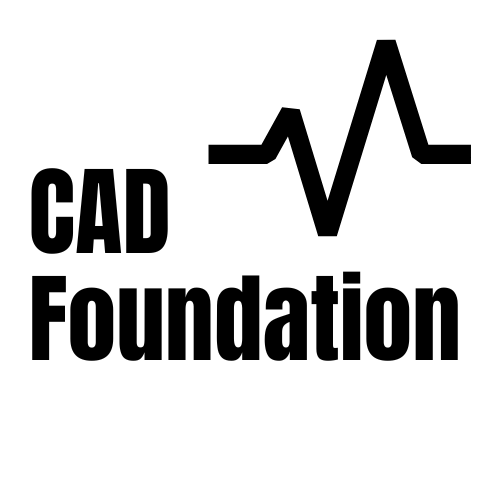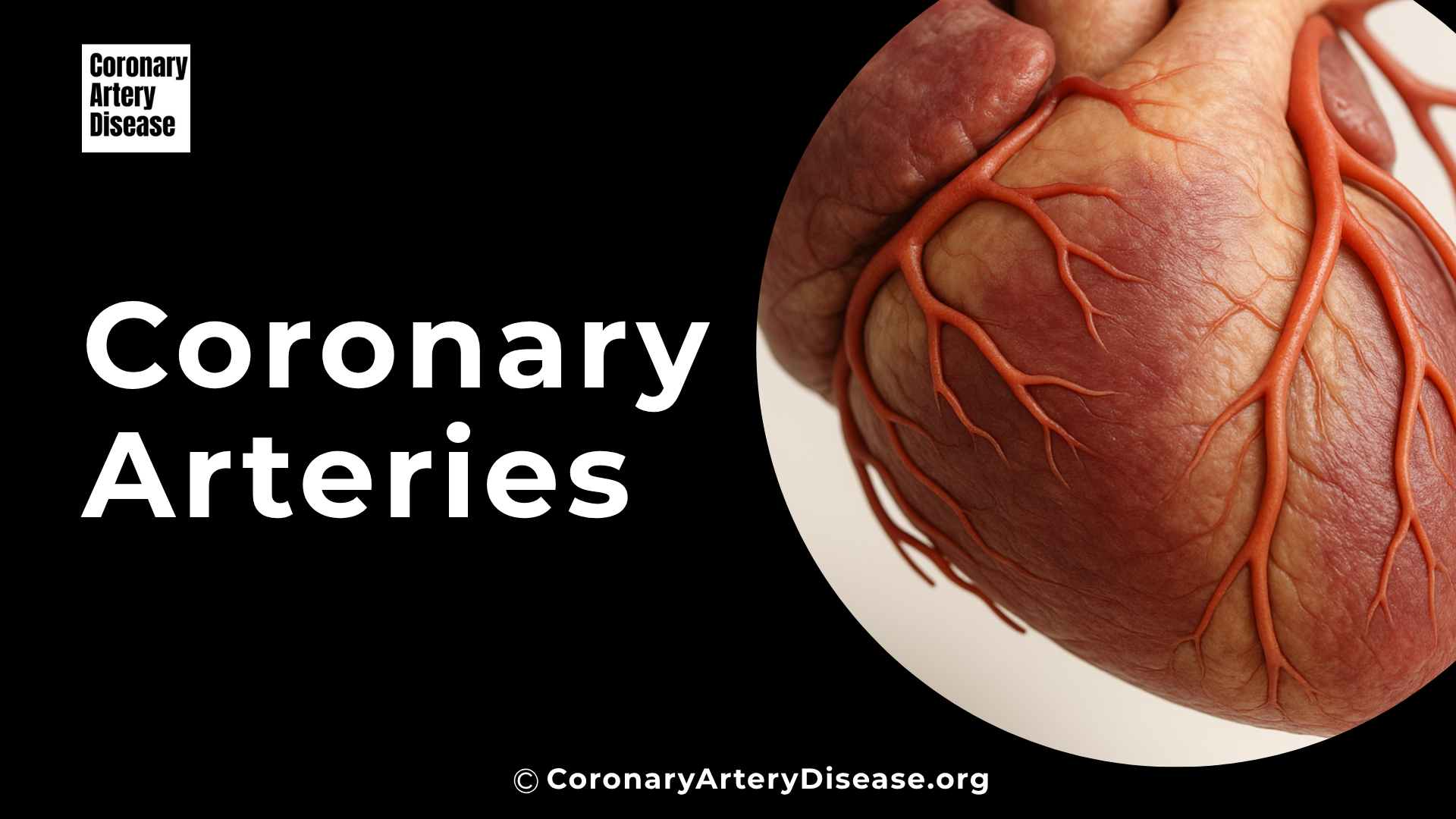Overview
Your coronary arteries are crucial blood vessels that deliver oxygen-rich blood directly to your heart muscle. Think of them as the heart’s own private plumbing system, ensuring it gets the continuous supply it needs to beat and pump blood throughout your entire body.
When these arteries become narrowed or blocked, often due to a condition called Coronary Artery Disease (CAD), it can lead to serious problems like a heart attack. Knowing about these arteries and adopting heart healthy habits are key steps in protecting your heart and overall well being.
In Details
Here’s a quick list of what we’ll cover:
- What are coronary arteries?
- Their function and purpose
- Normal anatomy and variations
- Conditions and disorders affecting them
- Questions & Answers about coronary arteries
What are coronary arteries?
Your coronary arteries are major blood vessels that branch off your aorta, which is the main artery in your body. They are specifically responsible for supplying blood to your heart muscle itself.
These arteries are located both around and inside your heart muscle, also known as the myocardium. They start at the aortic root, which is the first part of your aorta connected to the left side of your heart.
The main coronary arteries are usually quite small, typically between 3 and 4 millimetres in diameter. Their exact size can vary slightly depending on factors like your sex, body weight, and ethnicity.
What is their function and purpose?
The main job of your coronary arteries is to supply your heart with oxygen rich blood. Your heart is a powerful muscle that needs a constant flow of this blood to work properly and pump blood to the rest of your body. You have two main coronary arteries:
The right coronary artery (RCA)
This artery supplies blood to the right upper chamber (right atrium) and the right lower chamber (right ventricle) of your heart. The RCA’s branches also typically supply the sinoatrial (SA) node) and atrioventricular (AV) node), which are like the heart’s natural pacemakers, sending electrical signals that tell your heart muscles when to contract. It also gives blood to one-third of your interventricular septum, which is the wall separating the two lower chambers of your heart. In most people (about 9 out of 10), the RCA is dominant, meaning it supplies a large portion of the heart.
The left main coronary artery (LMCA)
This artery supplies blood to the left upper chamber (left atrium) and the left lower chamber (left ventricle). The LMCA’s branches supply the remaining two thirds of your interventricular septum. This artery is usually larger than the right coronary artery and supplies most of the left ventricle and the muscular wall that divides the heart’s lower chambers. The LMCA typically divides into two major branches: the circumflex artery and the anterior interventricular artery (also know as the left anterior descending artery). These two, along with the right coronary artery, are often referred to when discussing “3 vessel coronary arterial disease”.
Normal anatomy and its variations?
While there’s a typical arrangement for coronary arteries, their exact layout can vary significantly from person to person. These differences are known as variations or anomalies. For example:
- Coronary arteries are usually surrounded by a layer of fat, but in some people, they can run directly within the heart muscle itself.
- The blood supply to the SA and AV nodes usually comes from the right coronary artery , but in about 1 in 10 people (10%), it comes from the left coronary artery instead.
- Occasionally, only a single coronary artery might come off the aorta, which then divides into the right and left branches.
- Anatomic variations in the origin and path of coronary arteries are rare, occurring in about 0.3% to 1.6% of individuals based on studies.
Most of these variations are not harmful and don’t cause any symptoms. However, in very rare cases (less than 1% of people), certain coronary artery abnormalities can lead to serious health problems or even be life threatening. For instance, an interarterial course, where an artery passes between the aorta and pulmonary trunk, is of significant clinical concern as it can be associated with sudden cardiac death.
What conditions and disorders affect coronary arteries?
The most common condition affecting your coronary arteries is Coronary Artery Disease (CAD). This often happens because of atherosclerosis, which is a buildup of fatty plaques inside your arteries. When arteries become clogged, they prevent enough blood from reaching your heart, which can lead to a heart attack.
Another related condition is acute coronary syndrome, a term for situations where there is a sudden and severe reduction in blood flow to the heart through the coronary arteries.
Less common conditions include:
- Aneurysms: These are bulges in a blood vessel wall.
- Anomalous coronary artery: This refers to abnormalities present at birth.
- Coronary artery spasms: This is a sudden tightening of the muscles in your arteries
- .Coronary arteriovenous fistulas: Abnormal connections between coronary arteries and veins or heart chambers
Other similar questions
- Can babies be born with coronary artery problems? Yes, some people can be born with anomalous coronary arteries, which are abnormalities present at birth, or other congenital heart malformations.
- How are problems with coronary arteries usually discovered? Many times, coronary artery disease is discovered after someone has a heart attack or undergoes a heart procedure like an angioplasty. Symptoms like chest pain can also indicate a problem.
- Are all variations in coronary artery anatomy dangerous? No, most variations are not harmful and do not cause symptoms. However, some rare variations, such as an artery taking an “interarterial course” (passing between major arteries), can be clinically significant and are associated with risks like sudden cardiac death.
Resources
- Loukas, M., Groat, C., Khangura, R., Owens, D. G., & Anderson, R. H. (2009). The Normal and Abnormal Anatomy of the Coronary Arteries. Clinical Anatomy, 22(1), 114–128.
- Cleveland Clinic. (n.d.). Coronary Arteries: Function & Anatomy. Cleveland Clinic. (Last reviewed on 2 June 2025)



Leave a Reply